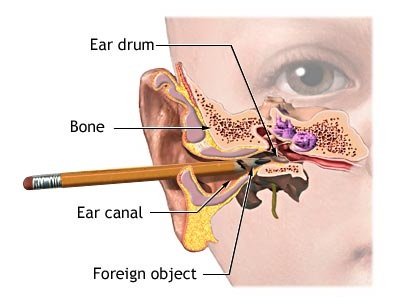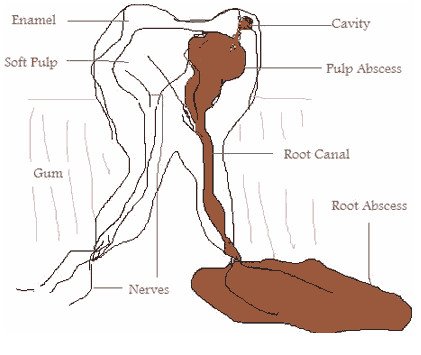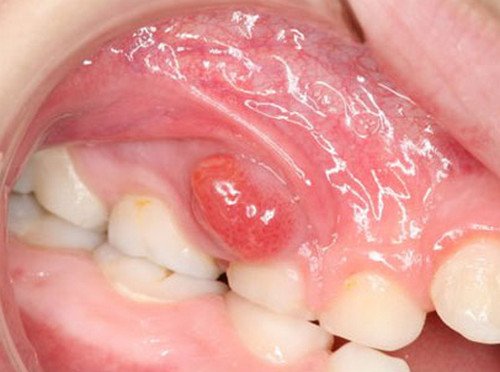Water Retention
Water Retention
What is water retention? This is a fairly common condition and can cause puffiness, weight gain, bloating, painful and swollen knees as well as breast tenderness. Ankles as well as swollen legs are common, particularly in women who are older or women who are pregnant. Water retention also can raise the blood pressure and in pregnancy this blood pressure rise can put both baby and mother at peril.
It is often hard to know if an individual is retaining water. The body is able to hold lots of hidden excess water that only makes an individual look overweight.
There are two main types of water retention. Type 1 is when there is excessive water in the tissues as well as the blood. Type 2 occurs when excessive water is in the tissues and most often too little in the blood. Type 1 retention is able to be treated with diuretic medications or herbal therapy but Type 2 only gets worse by these types of treatment and is best treated by change in diet.
Water retention is also referred to as bloating as well as commonly edema and has many causes from ordinary to serious. There is a general rule that an individual should obtain medical attention for edema or water retention when it continues for more than a week or if there is extreme discomfort and women who are pregnant need to seek attention promptly especially if experiencing excessive swelling in the ankles and legs.
Symptoms
Symptoms and signs of edema or water retention include:
- Puffiness from swelling of tissues directly under the skin
- Shiny or stretched skin
- Skin retaining a dimple after pressed for a few seconds
- Abdominal increase in size
Causes
There are numerous problems and conditions that lead to retention of water that range from hormonal problems, diseases and other disorders of the body. Below is a list of some causes of the retention of water, swelling or edema:
- Chronic diseases of the kidney, failure of the kidney as well as glomerular disease – These are all problems that cause the kidneys to fail normal functioning. When this happens, the kidneys cannot excrete salt as well as water out of the body efficiently. The body will retain water and salt instead of expelling it so the fluid will then accumulate in the tissues of the body. This retention of fluid will then lead to overall swelling as well as ankle, abdominal, leg and feet swelling.
- Arthritis – This often is responsible for swelling and pain in the joints that are affected. It may affect almost any joint in the body from spine, heel, hip, knee, shoulders to the toes. This swelling is normally localized in only the areas that are affected by the arthritis.
- Lung Disease– Chronic lung disease is a fairly general term to describe tenacious lung problems that damage the lungs functioning. Chronic lung diseases that are severe may cause retention of water in the lungs called pulmonary edema, ascites called abdominal retention of water, face, neck, feet and ankle swelling. Lung diseases that are chronic that commonly cause retention of water include:
- Chronic obstructive pulmonary disease referred to as COPD.
- Injury caused by smoke inhalation.
- Acute respiratory distress syndrome referred to as ARDS.
- Cancer of the lung.
- Mesothelioma.
- Congestive heart failure, disease of the heart valve and cardiomyopathy disease- these problems of the heart are another cause of retention of water. Congestive heart failure happens when the heart does not pump enough blood volume into circulation. When this does happen, the blood flow to the heart often backs up and leaks into the veins and lungs. Additionally, the kidneys retain water and salt due to the decreased blood flow volume. This causes the retention of fluid in the tissues of the body. Additionally both heart valve and cardiomyopathy disease are types of heart problems that might lead to heart failure.
- Cirrhosis of the liver – this condition occurs when the liver is scarred or damaged permanently. The scars obstruct the flow of blood from the digestive organ to the liver creating a backup and the fluid will then leak out to the tissues of the body. This leakage leads to retention of fluid in the abdomen. Cirrhosis as well causes low synthesis of protein albumin by the liver which further causes abdominal as well as leg retention of fluid.
- Sodium intake is excessive – this leads to elevated blood pressure and retention of water particularly in individuals who are more prone to sodium. Retention of water normally occurs in lower extremities for instance swelling of the feet and ankles.
- Gravity – sitting or standing for a lengthy period of time also causes retention of the fluid or edema in the legs
- Menopause – there are some middle aged women who may have retention of water symptoms during as well as after their menopausal stage, particularly when they are taking estrogen replacement therapy
- Metastasis of prostate cancer – this causes swelling, pain as well as abdominal fluid retention
- Pregnancy – Retention of water while pregnant happens when the growing uterus puts pressure on the vena cava causing fluid retention in the lower extremities. Fluctuation of hormones as well as increasing volume of blood flow also causes retention of water during pregnancy.
- Preeclampsia – condition caused by hypertension rising and a substantial amount of protein in urine while pregnant.
- Thyroid diseases
- Side effects of some drugs
- Venous insufficiency – which is problems of the flowing of blood from leg veins due to damage of the valves or veins itself.
- Lyme disease – which is a bacterial infection acquired from deer tick bites.
Ascites in gastric cancer that is advanced
Treatment
For edema or retention of water that is mild, it normally goes away on its own, especially when the individual aids things along by raising the limbs affected to a position that is higher than the heart.
Edema or retention of fluid which is more severe is normally treated with medications that aid the body in expelling excessive fluid as urine. Probably the most common used diuretic is furosemide, under the name of Lasix. Management in the long term normally emphasizes identifying the underlying cause for the retention or edema and treating that cause.
Remedies
Cut down on salt
Most individuals consume too much salt and do not even realize it. Food rich in taste, processed food as well as fast food are all full of too much salt and adding table salt to the meal just makes the problem worse. Start making low sodium food choices and do not add extra salt.
Body hydration
The body tries to remove salt thru urine and to do this, the body needs water. So, drink more water and the salt will be removed from the body.
Avoid dehydration
Some chemicals dehydrate the body interfering with the kidneys functioning to rid the body of salt. The two common substances that dehydrate are caffeine and alcohol so it is important to avoid wine, beer, mixed drinks as well as coffee.
Consume items that naturally reduce fluid retention
Some of these substances include green tea, cranberry juice as well as lemon juice. Consume reasonable quantities of these fluids together with other steps to rid the body of salt.
Increase fiber
Fiber is an aid in flushing out toxins from the body including salt. Eat high fiber oatmeal, cereal as well as multi-grain bread. Vegetables and fresh fruits are high in fiber.
Take vitamins
Low levels of some vitamins and minerals can contribute to edema. So, eat a proper diet and use a multi-vitamin if there are not enough nutrients in the diet.
Exercise
Exercising gets all the water in the body moving around and then the kidneys are able to process it faster. Salt is also secreted from the body thru perspiration as well as encourages an individual to drink more water.
Get plenty of sleep
The hormone known as melatonin is linked with the body’s capacity to adjust fluids. Melatonin is created by the body when it is dark and is associated with sleep patterns. Generally, the more a person sleeps the more the body produces melatonin.





